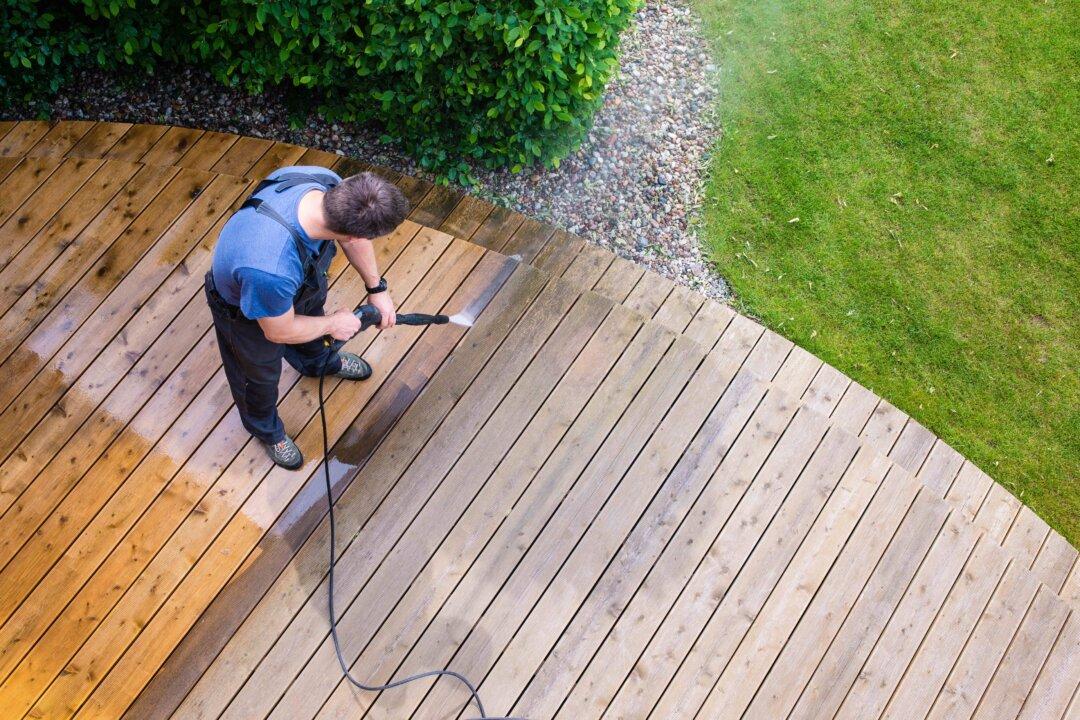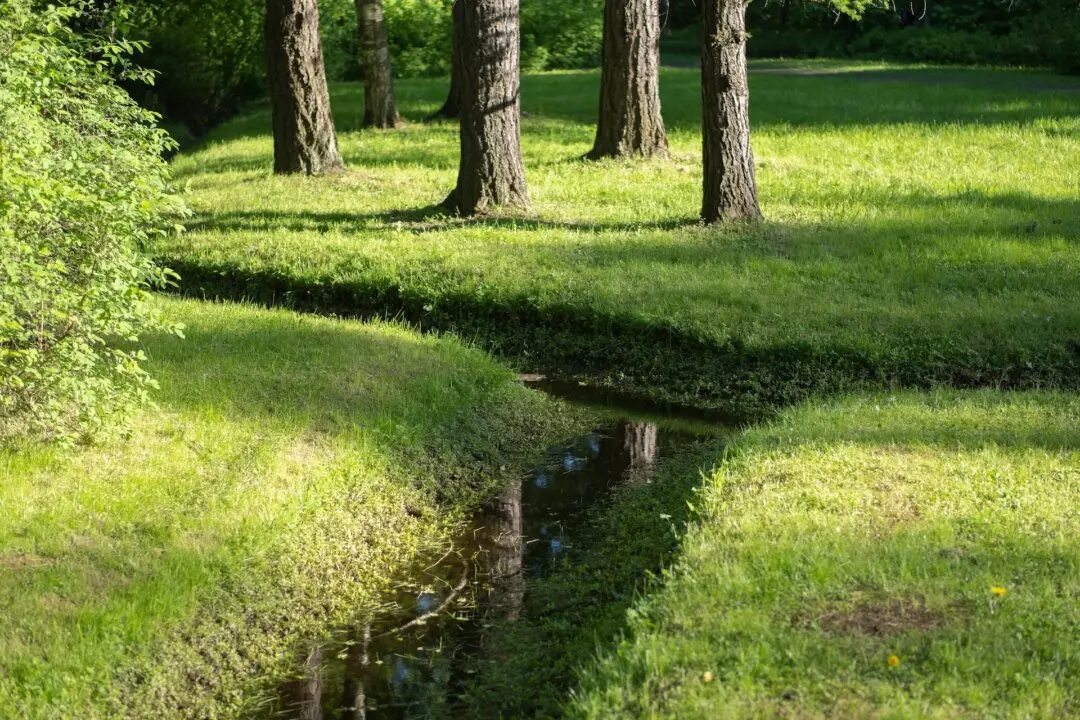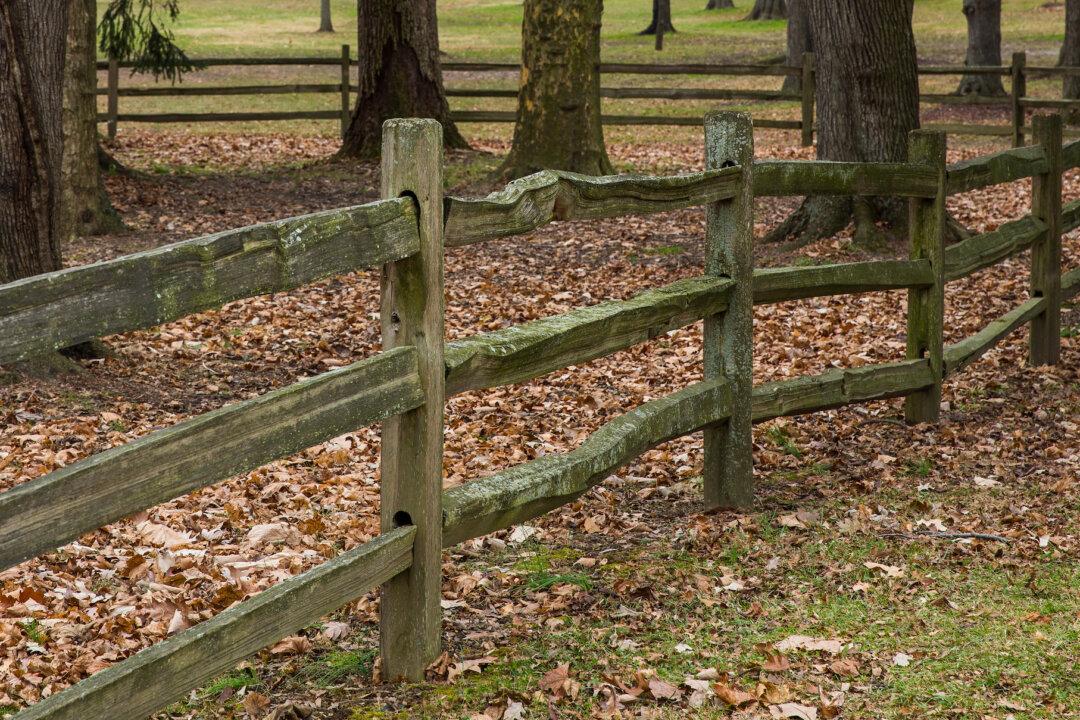Dear James: We have an old wood deck and are expanding its size. The old deck looks bad compared to the new one. How can we make it look newer to match?—Valerie M.
Dear Valerie: If the old decking was not cleaned and treated regularly, it can look almost black. The mildew can get slippery when it is wet. The appearance is not the only issue. The wood can begin to deteriorate to the point that it cannot be cleaned and brightened.





